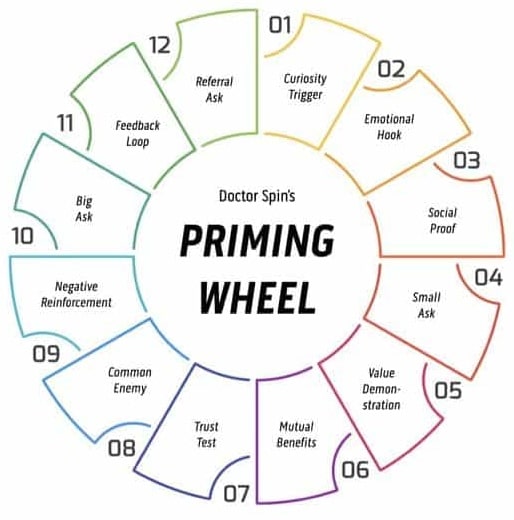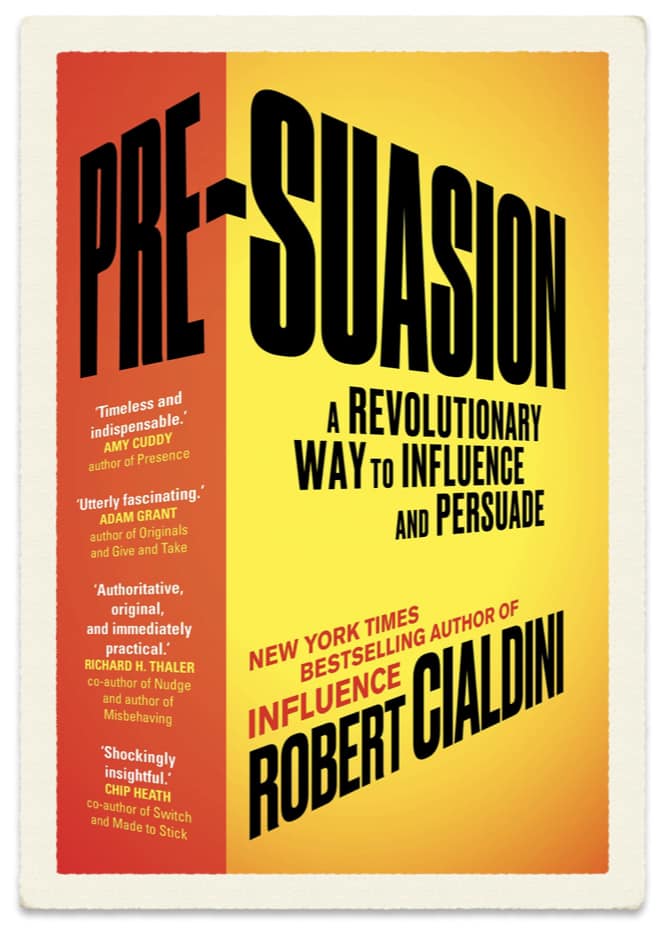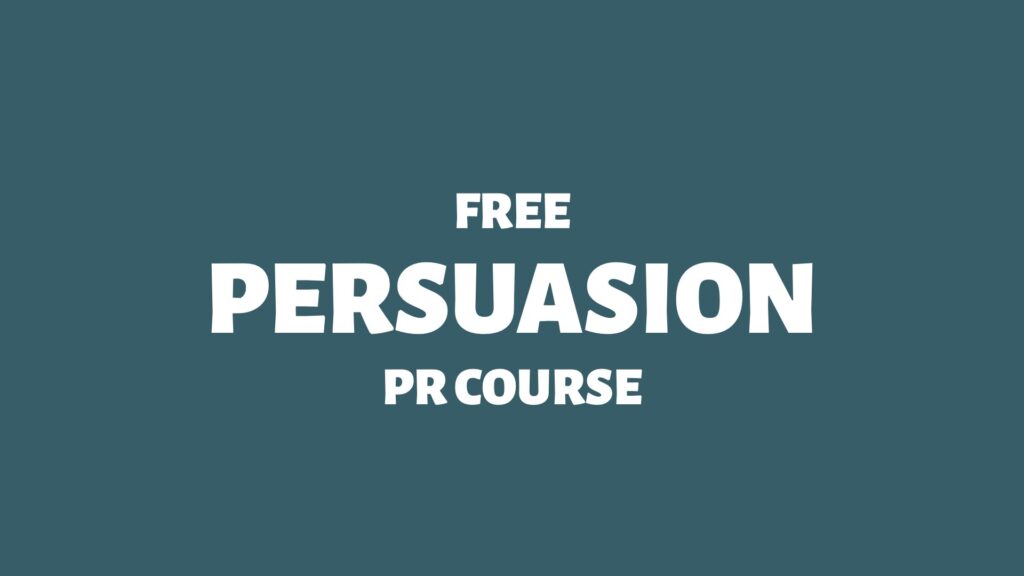Priming is a proactive approach to persuasion.
Priming subtly shapes the audience’s perceptions, attitudes, and expectations even before the main message is delivered by carefully sequencing various PR actions, such as media releases, social media engagement, and public events.
Effective priming ensures that the audience is more receptive to the core message and helps build a narrative that resonates deeply with the values and beliefs of stakeholders and publics.
Here we go:
Persuasion Through Priming

Persuasion Approach: Priming
Priming is a valuable approach to persuasion:
Priming (in persuasion) = the proactive process of moving an audience into an actionable state of mind through multiple PR activities in a pre-planned sequence.
This proactive approach is crucial in today’s information-saturated environment, where capturing and retaining audience attention is increasingly challenging.
“Priming can enhance memory recall, facilitate brand processing, and influence product preferences through various media.”
Source: Current opinion in psychology 1Wänke, M. (2016). Primes as hidden persuaders. Current opinion in psychology, 12, 63 – 66. https://doi.org/10.1016/J.COPSYC.2016.05.004
Inspired by the Priming Wheel, there are many examples of potential priming activities in PR.
Here are a few examples:
“Priming social concepts can have multiple effects across psychological systems, but understanding how these effects occur and how they are distilled into nonconscious social actions is crucial for understanding nonconscious behavior.”
Source: European Journal of Social Psychology 2Bargh, J. (2006). What have we been priming all these years? On the development, mechanisms, and ecology of nonconscious social behavior. European Journal of Social Psychology, 36 2, … Continue reading
Learn more: Priming in PR: The Subtle Art of Pre-Suasion
💡 Subscribe and get a free ebook on how to get better PR ideas.

Priming as Pre-Suasion

Spin Academy | Online PR Courses
“Pre-Suasion” by Robert B. Cialdini
In his book “Pre-Suasion: A Revolutionary Way to Influence and Persuade,” Cialdini explains that successful persuaders change people’s “state of mind” before trying to change their “minds.”
Here are some of the core concepts and principles from the book:
By understanding and implementing these principles, individuals can effectively “pre-suade” their audience, making them more receptive to the subsequent persuasive message.
“The best persuaders become the best through pre-suasion — the process of arranging for recipients to be receptive to a message before they encounter it.”
— Robert Cialdini (author of Pre-Suasion) 3Cialdini, R. (2017, April 20). Pre-Suasion: A Revolutionary Way to Influence and Persuade. Amazon.co.uk. https://www.amazon.co.uk/Pre-Suasion-Revolutionary-Way-Influence-Persuade/dp/1847941435/
Learn more: Public Relations Books
💡 Subscribe and get a free ebook on how to get better PR ideas.


Thanks for reading. Please support my blog by sharing articles with other communications and marketing professionals. You might also consider my PR services or speaking engagements.
PR Resource: Free Persuasion PR Course

Spin Academy | Online PR Courses
Doctor Spin’s PR School: Free Persuasion PR Course
Use this free Persuasion PR Course to elevate your public relations game with powerful insights. Drive impact and influence like never before.
“Since we cannot change reality, let us change the eyes which see reality.”
— Nikos Kazantzakis
Learn more: All Free PR Courses
💡 Subscribe and get a free ebook on how to get better PR ideas.

ANNOTATIONS
| 1 | Wänke, M. (2016). Primes as hidden persuaders. Current opinion in psychology, 12, 63 – 66. https://doi.org/10.1016/J.COPSYC.2016.05.004 |
|---|---|
| 2 | Bargh, J. (2006). What have we been priming all these years? On the development, mechanisms, and ecology of nonconscious social behavior. European Journal of Social Psychology, 36 2, 147 – 168. https://doi.org/10.1002/EJSP.336 |
| 3 | Cialdini, R. (2017, April 20). Pre-Suasion: A Revolutionary Way to Influence and Persuade. Amazon.co.uk. https://www.amazon.co.uk/Pre-Suasion-Revolutionary-Way-Influence-Persuade/dp/1847941435/ |



